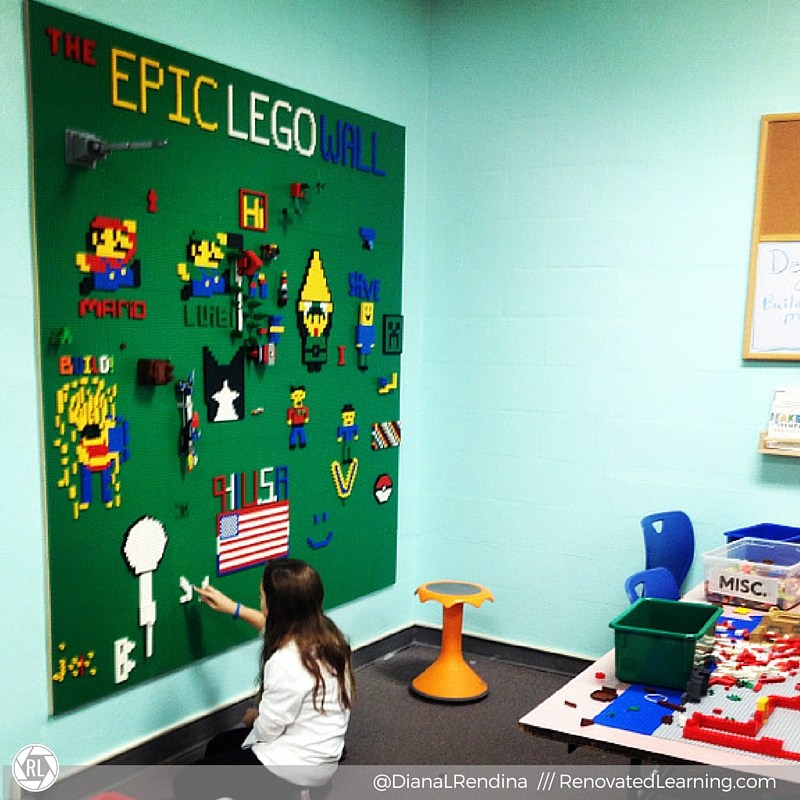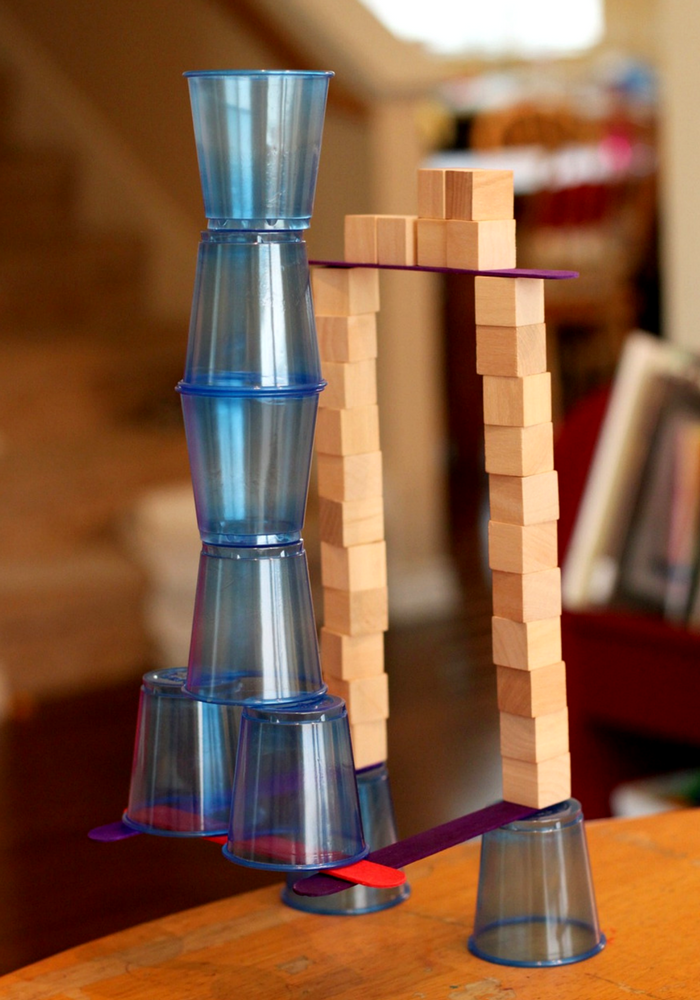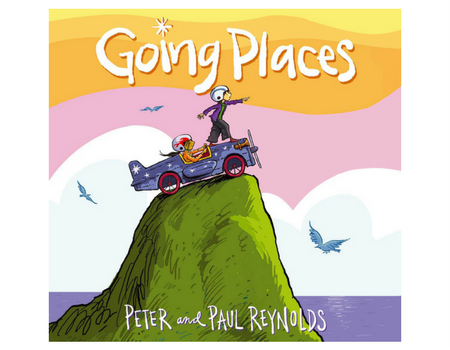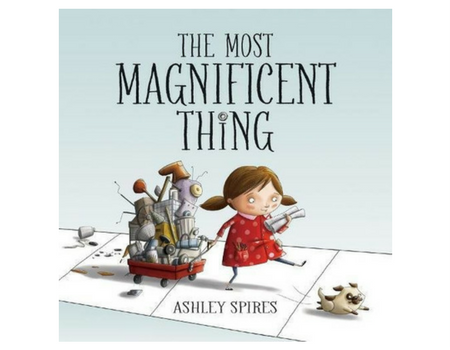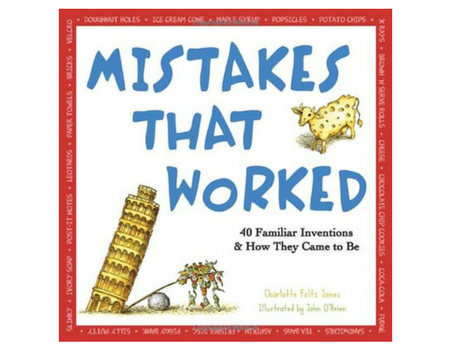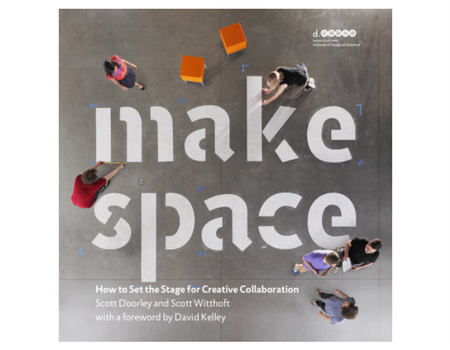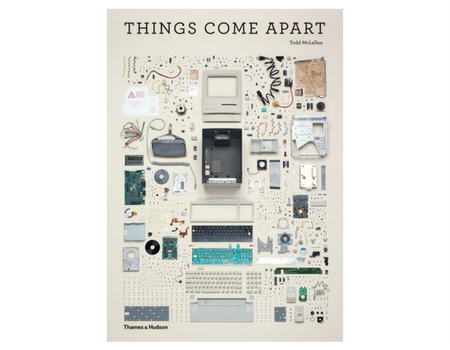
12 Days of Christmas – Librarian Edition
November 22, 2017Dewey Decimal System
December 8, 2017Jumpstart Your Library Makerspace
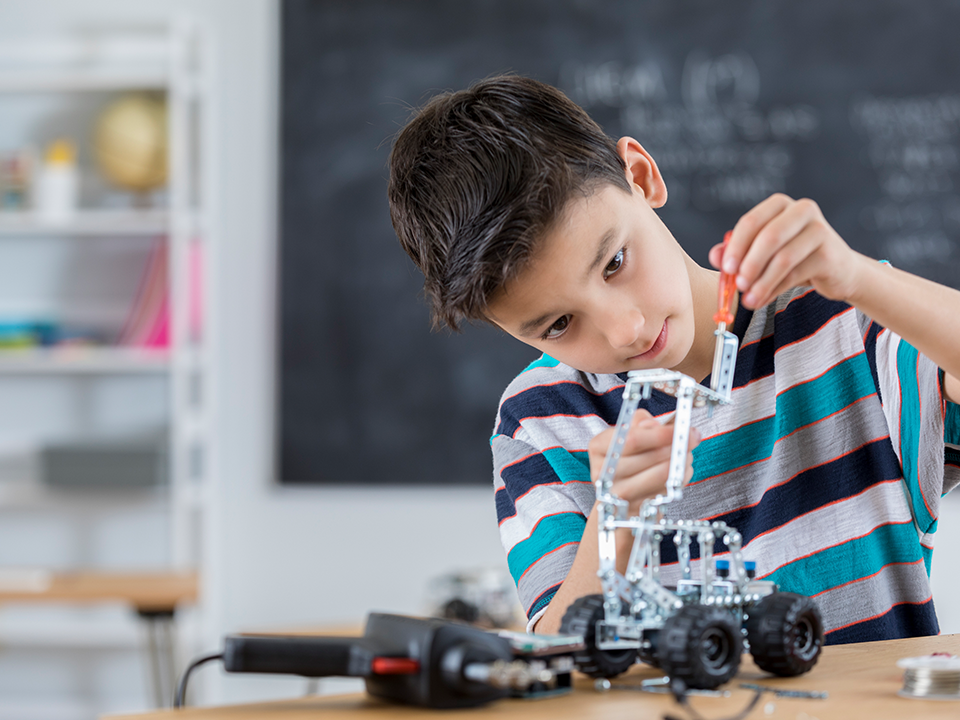
The library is a community hub for knowledge and exploration, for it offers a wide set of tools and resources that seem infinite! But, does your library provide a space for creation and discovery? Is there a place for collaborative work? Do you give your students opportunities to learn and be innovative?
In recent years, makerspaces have grown exponentially due to their popularity in libraries, schools, museums, and private communities. If you are looking to jumpstart your library’s makerspace, check out these eleven ways you can foster discovery, innovation, and learning for library patrons of all ages!
In recent years, makerspaces have grown exponentially due to their popularity in libraries, schools, museums, and private communities. If you are looking to jumpstart your library’s makerspace, check out these eleven ways you can foster discovery, innovation, and learning for library patrons of all ages!
Ignite Your Library Makerspace
Starting Guide to Makerspaces
If you are starting your makerspace from scratch or need some inspiration a helpful resource is Invent to Learn: Making, Tinkering, and Engineering the Classroom by Sylvia Libow Martinez. This book will help you bring innovation into learning, plan the types of projects kids will work on, and how to make them more creative. Invent to Learn is also a great resource for grant-writing.
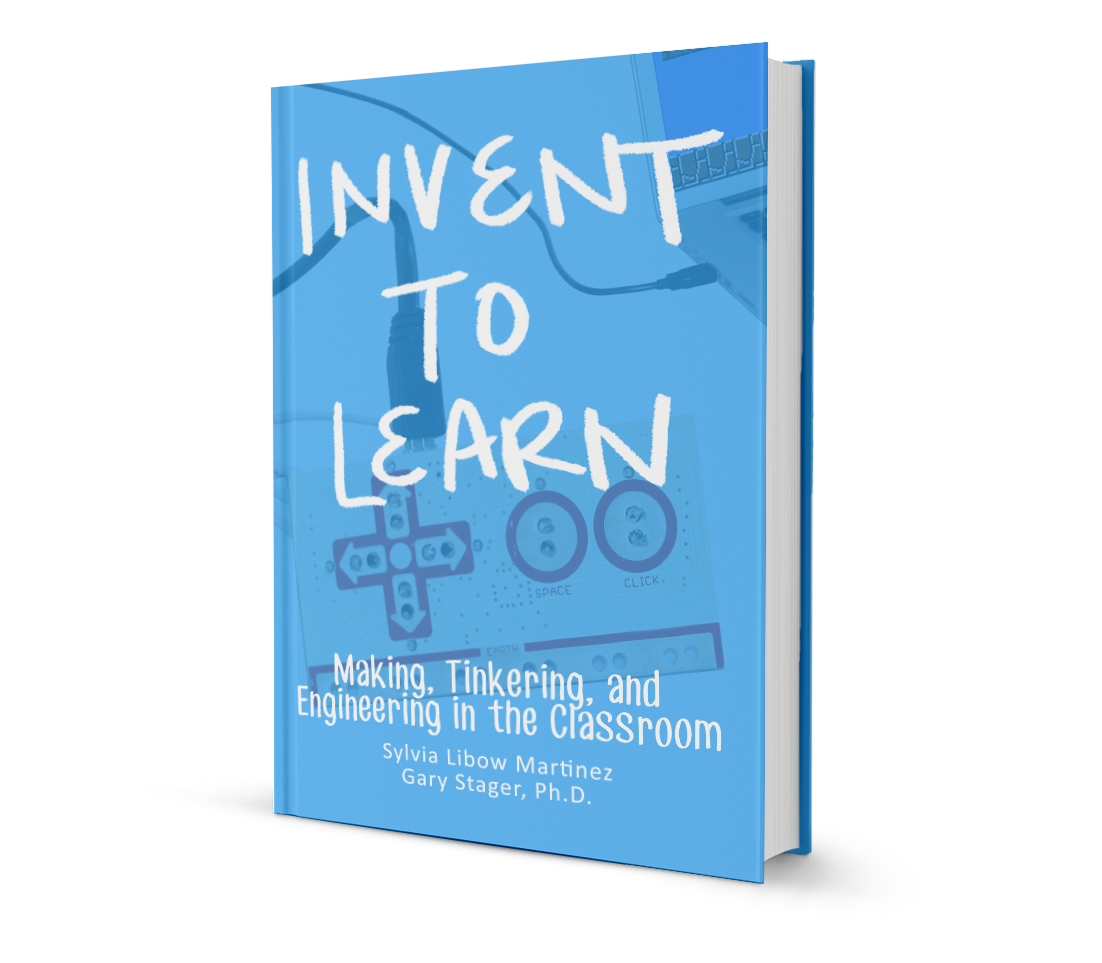
Four Engineering Challenges
This activity is actually four challenges only using three tools: craft sticks, 1-inch wooden cubes, and 3 oz. plastic cups. Simple and open-ended, these challenges are great for kids of all ages. There is no right or wrong way and kids will learn how to think creatively with only a select few items. It's also fun for adults!- Build a structure with only one cube as the base.
- Using any size base, build the tallest possible structure.
- Make something stick out in an impressive way!
- What can you build with just one cup as the base?
Paper Airplane Challenge
The paper airplane challenge is a great activity for older children and adults. This challenge focuses on efficiency, leadership, teamwork, processes, and communication. Begin by selecting an area with a hallway, doorway, or create a goal like a target. Place a string of scotch tape between each wall, about waist height. Then walk about 15 feet away from the goal, placing a piece of tape on the floor for the launch site. Each group will have four to five team members. The goal of the exercise is to build and fly as many paper airplanes into the target area in under three minutes. You’ll need colored paper to differentiate each group's planes. You can include other tools like paper clips, tape, or staples to help build the planes. There will be a total of three rounds. Each round includes three phases:- Two minutes of planning
- Three minutes of execution of plan (building and flying planes)
- Two minutes of reflection - how did they do in the execution of the plan? What can they do better?
The challenge is useful in teaching teamwork, creative thinking, and project reflection. There is no defined goal of how many airplanes need to pass through the goal, and there is not a set design that needs to be made. The exercise allows teams to think creatively and solve each problem that arises with each round.
Toy Take Apart
Allow students to discover how things are made by dissecting stuffed animals, remote controller cars, plastic barbies, etc.! This type of hands-on learning allows students to get involved in projects and become excited about uncovering how things are made, their mechanisms inside, and the materials used to create the object. Give students tools like screwdrivers, seam rippers, scissors, to remove the insides (this may require adult supervision in some cases). Check out more by the Exploratorium!Activity Tip: Once the toy has been thoroughly dissected, create another activity by having students create something new from the scraps!
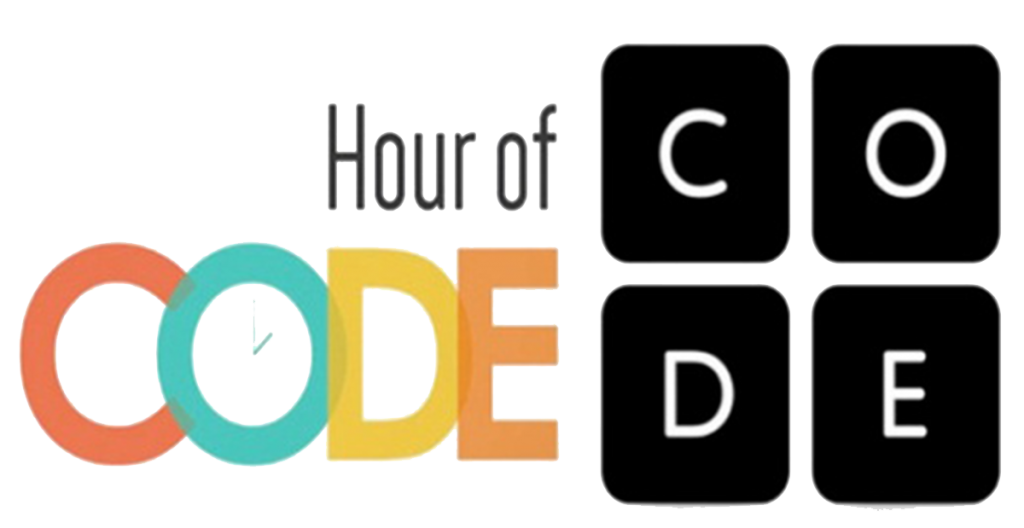
Hour of Code
Join the global movement during Computer Science Education Week of December 4th -10th for an hour of code. This campaign was established to introduce students worldwide, to computer science. Check out Hour of Code for activities and lessons! You can even host an hour in your library!Books to Foster the Library Makerspace
As librarians, we know the power of learning from books. When jump starting your library makerspace, ensure that you include a makerspace resource library. Gather books to help you understand and expand your knowledge on a certain subject.Library Makerspace Picture Books
If you work with younger children, build up your collection of picture books for little ones and story time.Visual Maker Books
Most importantly find books that offer visual inspiration. Add one of these, or all to your library makerspace as resources.Tools and Resources
Make a list of all the tools and materials you need for your library’s makerspace. Once you have these tools and materials, get at least one book on each of these tools. If there is a specific tool or technology your students are particularly interested in but it isn’t in your makerspace, get a few books on that subject as well.Parent and Community Donations
When it comes to old technology, used tools, or other items; makerspaces can use them all! If you have a tight budget, it can come in handy to have parents donate items. Ask for items like hand tools, technology, crafty items, LEGOs, cardboard, etc..Build an Epic LEGO Wall
Try building something like a LEGO Wall. This is a great idea to use if you have small space! You can place your LEGO wall anywhere like: columns, hallways, mini-walls, LEGO easel, or anywhere else you can think. Get creative and use the space you have. Check out how Diana Rendina of Renovated Learning made her own Epic LEGO Wall.